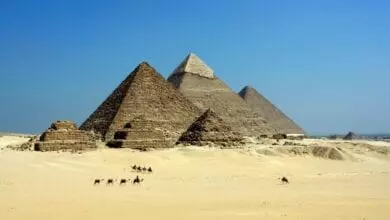Bikini Atoll Nuke Test Video Declassified on 70th Anniversary
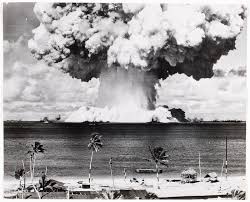
The US National Security Archives has declassified previously secret material related to a series of nuclear bomb tests on Bikini Atoll in the Pacific in 1946 that exposed many US servicemen to radiation and left the island uninhabitable forever.
The bulk of documents, photos and unedited film footage related to Operation Crossroads nuclear tests was published on July 22, on the eve of 70th anniversary of the operation’s second nuclear explosion.
Operation Crossroads was planned as a series of three nuclear explosions that would allow observers to study the damage caused by nuclear explosions at sea in imminent proximity to warships.
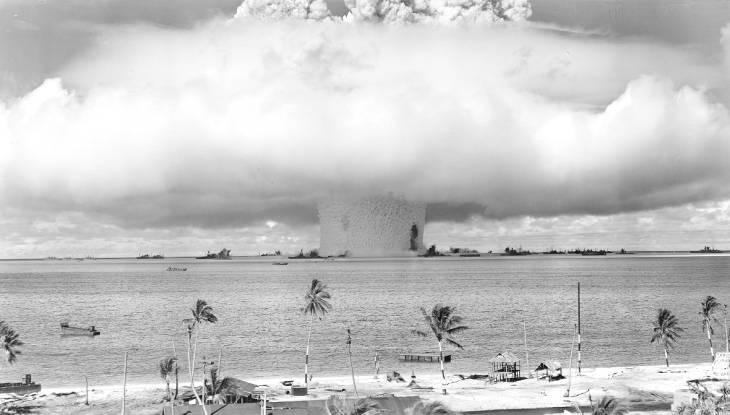
All of Bikini Atoll’s 167 native residents were relocated to the uninhabited Rongerik Atoll some 206 kilometers away, never to return.
The first detonation, Test Able, was conducted on July 1, 1946. The 23 kiloton fission bomb, almost identical to the one dropped on Japan’s Nagasaki on August 9, 1945, exploded 160 meters above the ocean’s surface.
The explosion was meant to go off in the center of a fleet of 96 warships, many of which had been captured from the Germans and Japanese, but the bomb missed its target by 650 meters and caused less damage than expected. Only five ships sank, while the rest were left burning and severely contaminated with radioactivity.
The second 23 kiloton explosion, Test Baker, was detonated 27 meters underwater on July 25. The several ships anchored immediately close to the explosion site were hammered and sank. The remaining vessels were badly damaged and set ablaze.
The huge explosion raised countless tons of water and soil into the air that fell on ships anchored in the atoll and on the island itself, contaminating everything in a radius of many kilometers.
It caused such tremendous radiation fallout that the US military canceled the third test, as it was unable to decontaminate the ships used for testing the explosions.
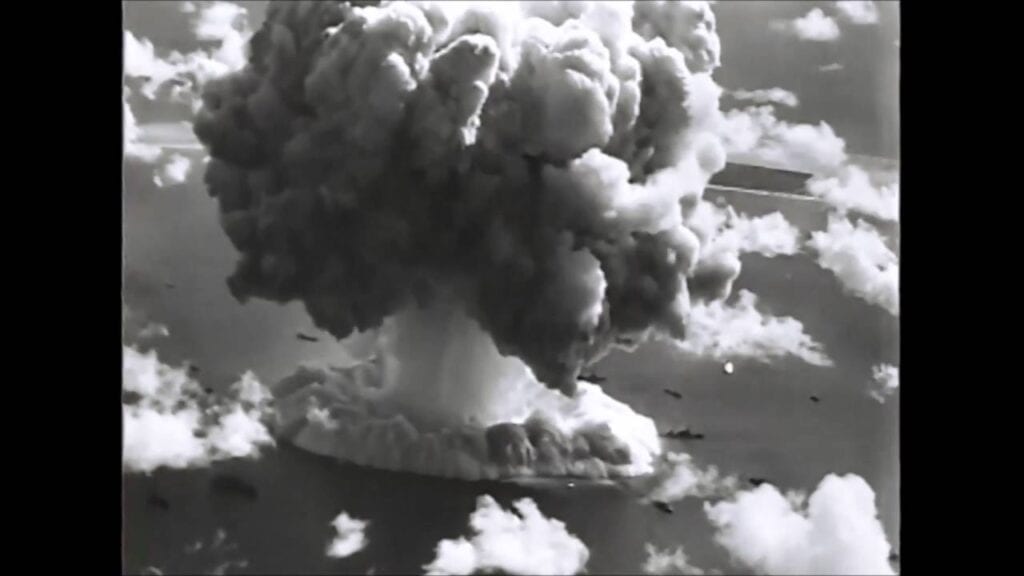
The sailors sent to clean the ships were exposed to high, sometimes deadly, doses of radiation.
A memo issued after the Baker test by the US Joint Chiefs of Staff noted that “the contaminated ships became radioactive stoves, and would have burned all living things aboard with invisible and painless but deadly radiation.”
The animals used in the tests, some goats, and about 200 pigs placed aboard the ships, all died of radiation exposure within one month of the test.
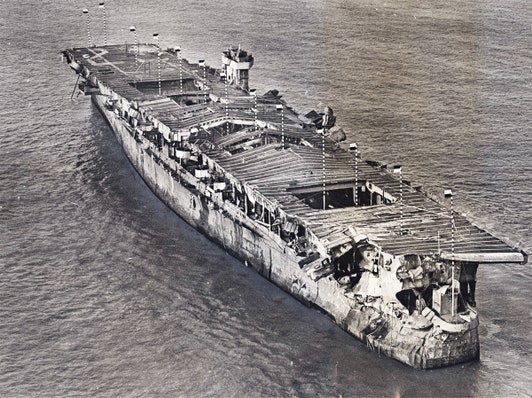
The US Navy had to sink almost all of the ships from the test, as scrapping them would have spread radioactive contamination coming from Bikini Atoll.
The newly declassified documents reveal that two Soviet specialists present at the American nuclear tests realized why they had been invited.
Semyon Aleksandrov, a USSR observer who was responsible for uranium procurement for the Soviet Union’s nuclear program, told his American colleagues that he understood that the Bikini test was aiming “to frighten the Soviets.” Nonetheless, he assured them that Moscow was “not afraid,” while openly admitting that the Soviet Union had “wonderful planes” capable of delivering airstrikes on the American cities.
However, that was the only riposte available to Aleksandrov at that time, because the first Soviet nuclear test was detonated in Semipalatinsk only three years later, on August 28, 1949.
The US held its next series of nuclear tests, dubbed Operation Sandstone (3 explosions), in 1948, and the next, Operation Ranger (5 explosions), in Nevada in 1951.
Bikini Atoll remains uninhabitable even today due to the radiation lingering from a total of 67 nuclear tests carried out from 1946 to 1958, which included the explosion of the first H-bomb in 1952.



